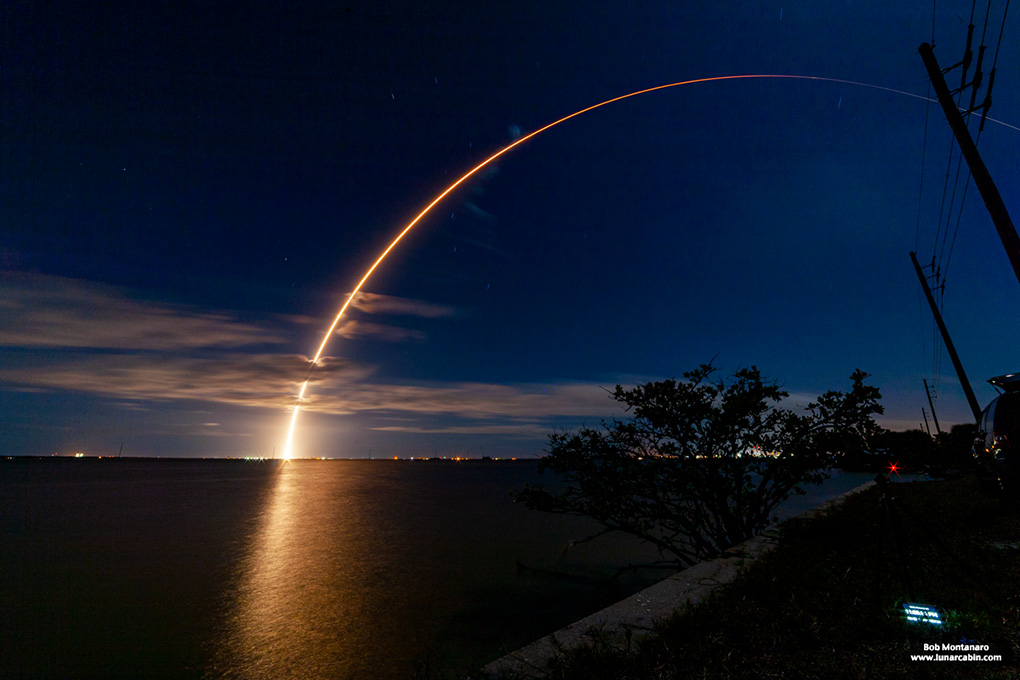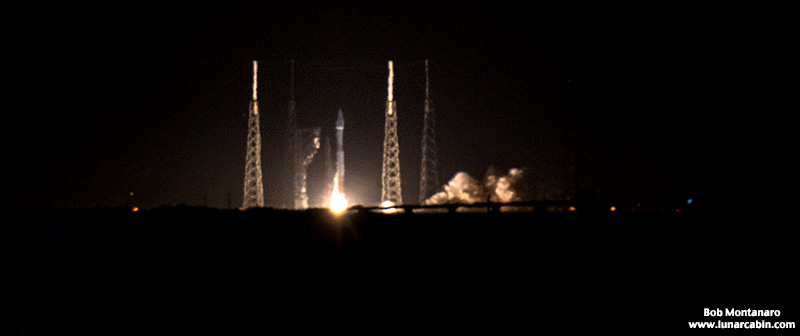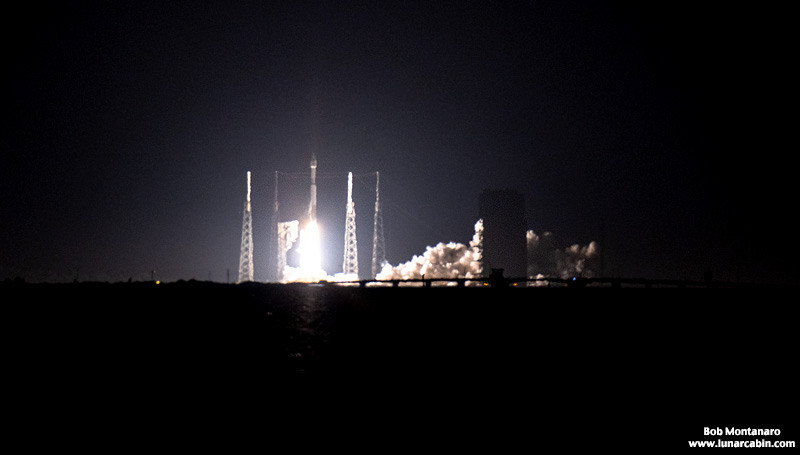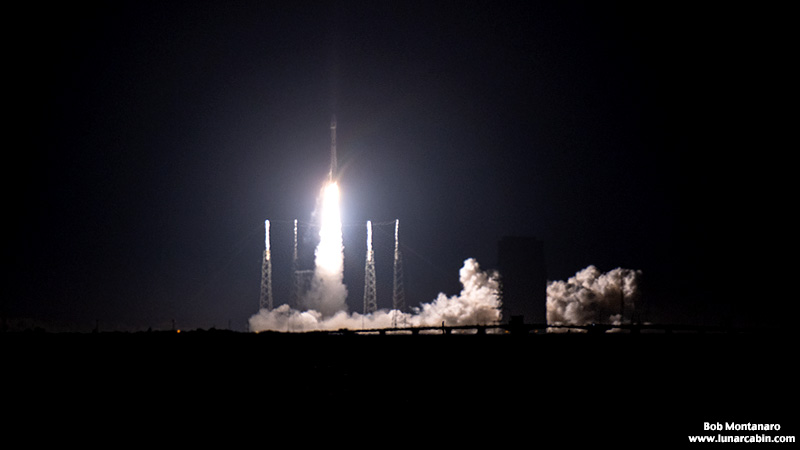 |
|
Solar Orbiter (Atlas V) 9 February 2020 |
Space Launch Complex 41 Cape Canaveral Air Force Station |
A United Launch Alliance (ULA) Atlas V 411 rocket launched the Solar Orbiter spacecraft to an interplanetary trajectory to the sun at 11:03 p.m. on 9 February 2020 from Space Launch Complex-41 at Cape Canaveral Air Force Station. The Atlas V is flying in its 411 configuration with a 4-meter (14-ft) diameter large payload fairing, a single-engine Centaur second stage, and one solid rocket booster. |
|
About the mission from the ULA press release: Solar Orbiter addresses big questions in solar system science to help us understand how our star creates and controls the heliosphere, a giant bubble of charged particles blown by the solar wind that permeates the whole solar system and influences the planets within it. By researching the mechanism behind the acceleration of the solar wind, Solar Orbiter is contributing essential science that could one day lead to a space-weather forecasting service that will allow us better to protect our essential technology on Earth and humans in space. Solar Orbiter is an international cooperative mission between the European Space Agency (ESA) and NASA. The spacecraft, developed by Airbus, carries a suite of ten scientific instruments built in Europe and the United States that are designed to provide close-up, high-latitude images of the sun. Solar Orbiter will reach its highly elliptic operational orbit nearly two years after launch by using gravity assist maneuvers (GAMs) around Earth and Venus. Subsequent GAMs around Venus will increase its inclination to the solar equator over time, reaching up to 33 degrees in 2029. The European Space Operations Center (ESOC) in Germany will operate Solar Orbiter after launch. |
|
STREAK SHOT |
|
Time exposure of the rocket streaking into space. |
|
 |
|
LONG DISTANCE VIEWS OF THE LAUNCH |
|
 |
|
 |
|
 |
|
 |
|
 |
|
All contents copyright Lunar Cabin |
|